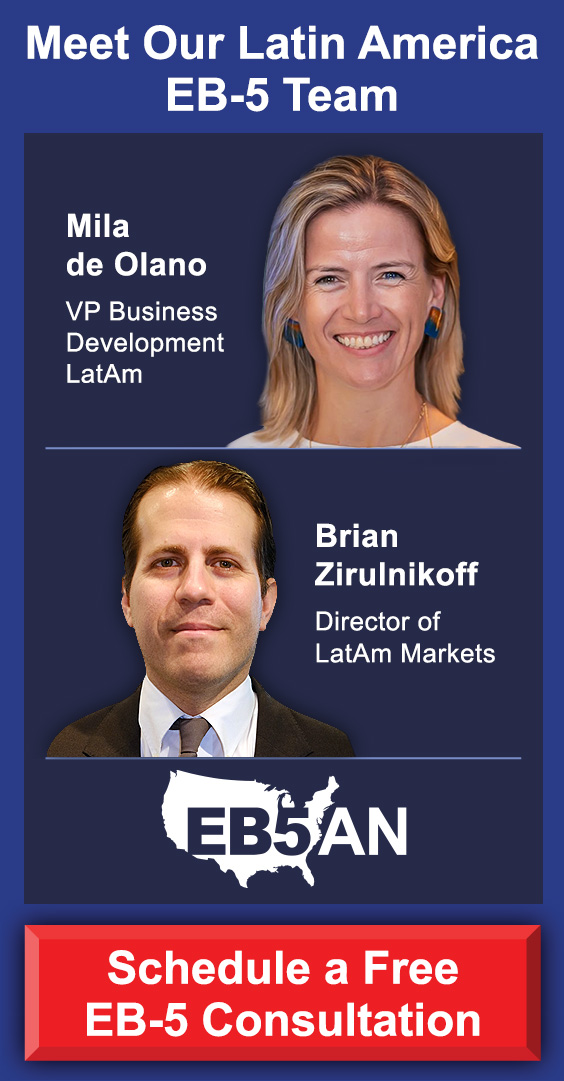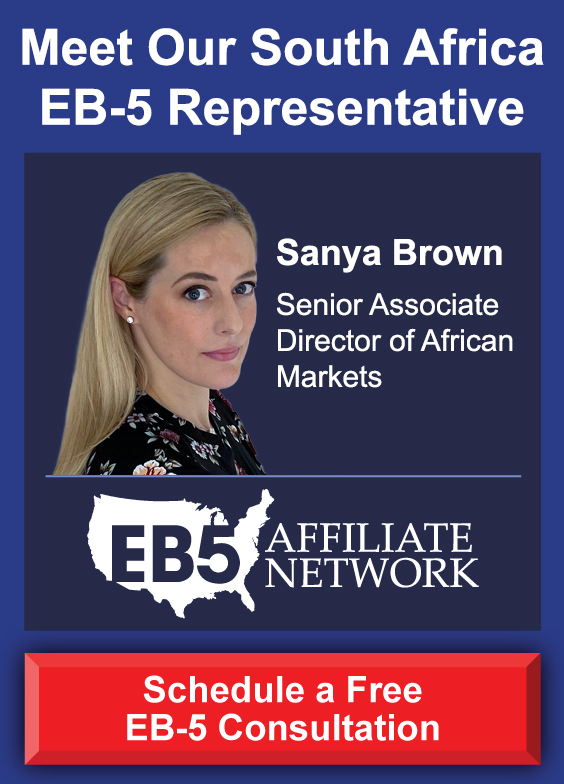The EB-5 Immigrant Investor Program provides foreign nationals a way to receive U.S. permanent residency by investing in economic development projects. Most prospective investors opt to invest through designated regional centers.
While investing through a regional center offers various benefits over direct EB-5 investments, regional center investments still carry risks, including the potential for the regional center to shut down. Understanding these risks and knowing how to respond is important for safeguarding both your financial investment and immigration prospects.
This article will explain what happens if a regional center closes after you invest and the protections available to help investors handle this situation.
Understanding the Role of Regional Centers in the EB-5 Program
Implications of a Regional Center Shutdown
- Effects on Investors With Pending Form I-526E Petitions
- Impact on Investors With Conditional Permanent Residency
How the EB-5 Reform and Integrity Act of 2022 Protects Investors
Why Due Diligence Is Critical When Selecting a Regional Center
Key Factors to Consider When Evaluating a Regional Center
Protecting Your EB-5 Investment
Understanding the Role of Regional Centers in the EB-5 Program
Regional centers are organizations designated by United States Citizenship and Immigration Services (USCIS) to help facilitate EB-5 investments. They pool investor capital to fund large-scale projects that encourage economic growth and employment.
By investing through a regional center, foreign nationals can fulfill EB-5 job creation requirements more easily—unlike in direct investments, which only count direct jobs, direct, indirect, and induced jobs qualify toward investors’ job creation for regional center projects.
Additionally, regional centers often focus on targeted employment areas (TEAs), which allows investors to qualify for a lower minimum investment of $800,000 and set-aside visas.
Implications of a Regional Center Shutdown
A regional center closing after you invest can affect your ability to get a U.S. Green Card. The impact depends on your stage in the EB-5 process and whether the project still meets USCIS requirements for job creation and investment stability.
If they find themselves in a situation like this, investors need to act promptly to protect their immigration status and financial investment.
Effects on Investors With Pending Form I-526E Petitions
For investors who have submitted Form I-526E but have not yet received conditional permanent residency, a regional center’s termination is considered a material change by USCIS. As a result, a regional center’s closing can result in the denial of the investor’s petition unless corrective action is taken. The ability to continue the EB-5 process depends on whether the investor can relocate their investment to another approved regional center or new commercial enterprise (NCE).
Fortunately, the EB-5 Reform and Integrity Act of 2022 (RIA) introduced protections that allow investors to retain their priority dates—the date that determines whether they would be considered eligible for a visa under the Visa Bulletin—even if their original regional center closes.
Investors in this situation should work with another approved regional center within 180 days or reinvest in a qualifying NCE to continue their EB-5 process.
Impact on Investors With Conditional Permanent Residency
If an investor has already received conditional permanent resident status when the regional center is shut down, they may still qualify for permanent residency. USCIS has indicated that these investors can maintain eligibility if they can demonstrate that their investment led to the creation of 10 full-time jobs.
This process can be complicated, and investors should consult an immigration attorney for guidance on handling this transition.
How the EB-5 Reform and Integrity Act of 2022 Protects Investors
As hinted at above, the RIA introduced numerous safeguards to protect foreign nationals whose regional centers face closure.
One of the most important of these safeguards is the protection of “good-faith” investors. This provision protects investors who acted in good faith and met the EB-5 requirements despite their regional center, NCE, or job-creating entity being found to be noncompliant.
Below are some of the ways that the RIA protects investors and what investors should do if their regional center is shut down.
Priority Date Retention
As previously mentioned, if a regional center shuts down after investors have filed their EB-5 petitions, these investors can keep their priority dates. This ensures they do not lose their place in the visa processing line.
Reinvestment Opportunities
Instead of having to restart the process entirely, investors who invested in a closing regional center may be able to retain their eligibility. How to retain your eligibility depends on the reason you may have to reinvest.
If you have to reinvest because your regional center shut down, the simplest approach would be your NCE associating with a new regional center.
If the NCE or job-creating entity were debarred instead, investors would have to associate with a new NCE.
Importantly, investors have 180 days after the notice of termination to associate with another approved regional center or reinvest in a new project and notify USCIS of their continuing eligibility.
Project Protections
USCIS is required to continue processing pre-RIA investors’ petitions, even if their associated regional center is terminated. In effect, this rule grandfathers these investors into the EB-5 process.
And crucially, these pre-RIA investors will likely only have to reinvest the amount they were required to originally invest—in other words, they would not have to increase their investment to match current requirements.
Why Due Diligence Is Critical When Selecting a Regional Center
Choosing a reliable regional center from the outset can greatly reduce the risks associated with a potential closure.
Foreign nationals should carefully assess regional centers before making a minimum investment to ensure compliance with USCIS regulations. A strong regional center should have a clear history of approvals, financial stability, and an established process for handling investments. They should also show that they are aware of and can adapt to any USCIS policy updates.
Key Factors to Consider When Evaluating a Regional Center
When selecting a regional center, investors should take the following into account:
- Track Record: Review past approvals of I-526E and I-829 petitions. Focus largely on their approval rate and response times.
- Financial Stability: Make sure the regional center has adequate reserves and no history of financial mismanagement.
- Compliance With USCIS Regulations: Confirm that the regional center follows all federal guidelines. Since USCIS policy updates mean compliance is an ongoing process, also make sure that they should know how to respond to any future changes to the program.
- Project Viability: Assess the economic feasibility of the regional center’s projects and their ability to meet job creation requirements. Verify that it has certain protection measures in place, such as repayment or job creation guaranties.
- Management Expertise: Evaluate the experience and qualifications of the regional center’s leadership team. In particular, speak with the regional center’s principals to learn about their background, understand their decision-making process, and establish trust and comfort.
Protecting Your EB-5 Investment
Additional steps investors can take to minimize risk include working with an experienced immigration attorney, choosing projects in a TEA with strong job creation potential, and staying informed about industry updates and regulatory changes.
While these steps can significantly reduce risk, it’s still essential to have a contingency plan in place in case of unexpected developments.
No matter which regional center or project you choose, a successful EB-5 process depends on careful planning, realistic expectations, and guidance from an experienced immigration lawyer. If you’re concerned about a regional center’s stability or need help identifying a secure investment, professional support—like that offered by EB5AN—can make all the difference.
EB5AN has helped over 2,700 families from more than 70 countries become lawful permanent residents of the United States. With more than a decade of experience and a 100% USCIS project approval rate, our team offers low-risk regional center projects backed by deep industry expertise.
If you’d like help choosing a strong investment opportunity or have questions about your current one, book a one-on-one call with our EB-5 team today.










